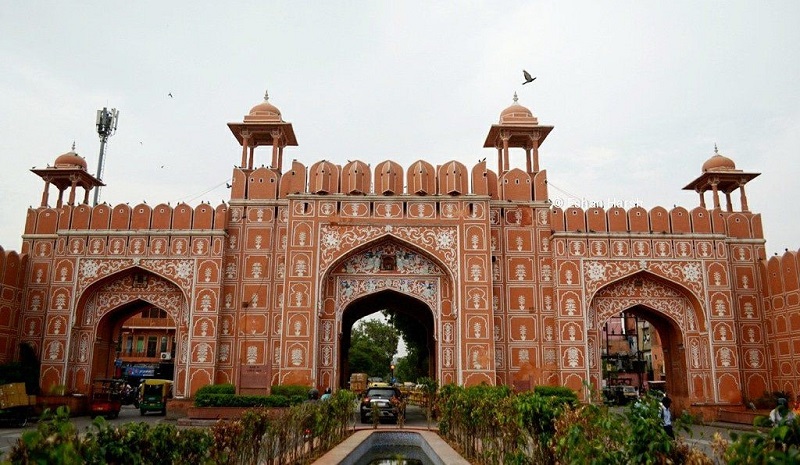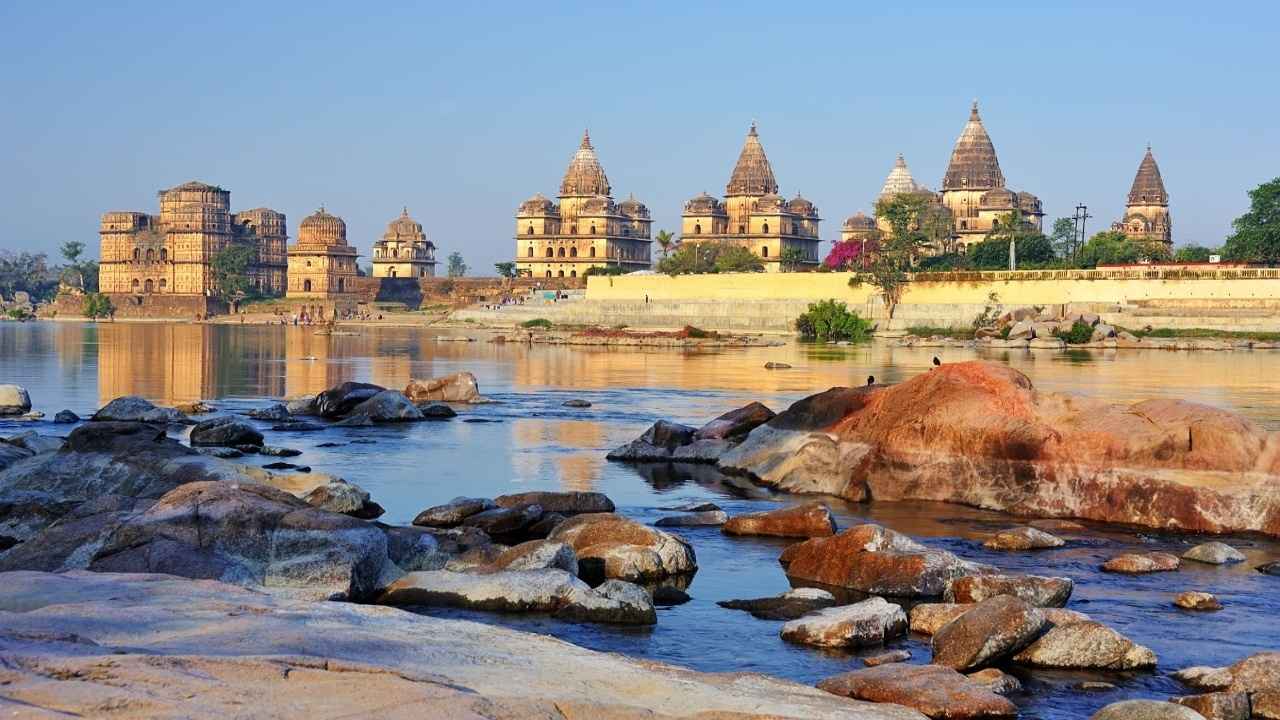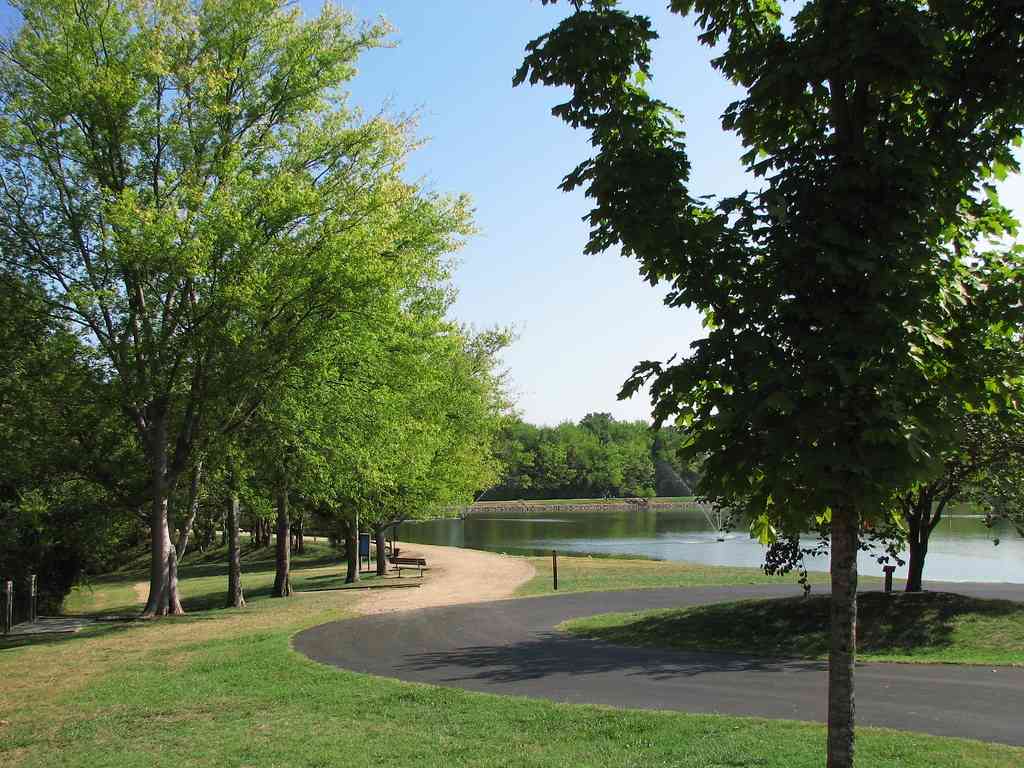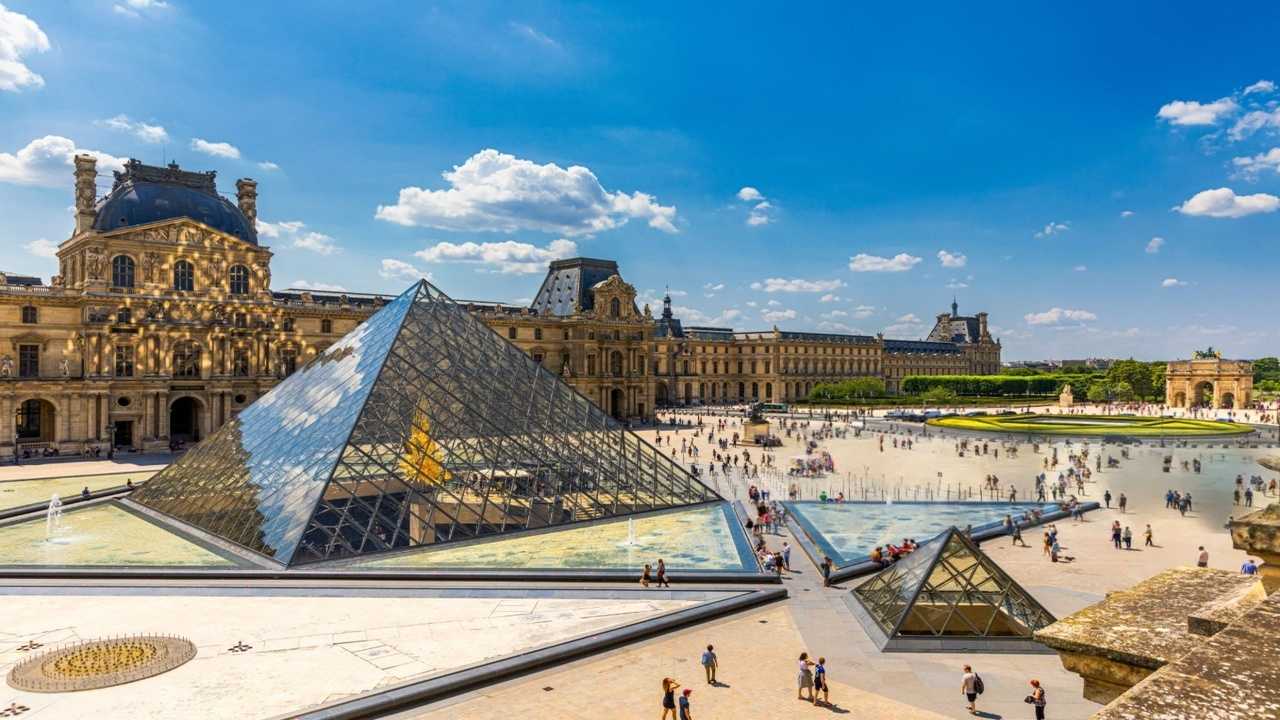
Delhi, the capital city of India, is a tapestry of history, culture, and architecture. Among its many historical landmarks, Ajmeri Gate Delhi stands as a prominent symbol of the city’s Mughal past. Located in the bustling lanes of Old Delhi, this iconic gate narrates tales of ancient grandeur and serves as a reminder of Delhi’s rich cultural heritage.
The Historical Significance of Ajmeri Gate Delhi
Ajmeri Gate, built in 1644, is one of the 14 gates that were constructed to fortify Shahjahanabad, the capital city established by the Mughal Emperor Shah Jahan. As the name suggests, this gate was the main entrance for travelers coming from Ajmer, a city in Rajasthan known for its sacred Dargah Sharif. Ajmeri Gate provided direct access to the imperial city and played a crucial role in trade and communication.
The gate’s strategic importance was not just limited to commerce. During the Mughal era, it acted as a defensive structure, protecting the city from potential invasions. Its robust architecture, combined with the presence of high walls and intricate design, showcases the ingenuity of Mughal engineering.
Architectural Marvel of Ajmeri Gate Delhi
Ajmeri Gate is a striking example of Mughal architecture. Crafted with red sandstone, the gate boasts intricate carvings and symmetrical designs that reflect the artistic sensibilities of the era. The arch-shaped entrance is adorned with floral patterns and inscriptions, showcasing the blend of aesthetics and functionality.
Key architectural features include:
- Arched Gateway: The pointed arches are a hallmark of Mughal architecture, adding elegance to its robust structure.
- Floral Motifs: Intricate floral carvings adorn the walls, symbolizing the artistic excellence of the Mughal artisans.
- Defensive Features: The thick walls and narrow passages were designed to withstand attacks and control the influx of people into the city.
- Symmetry: The gate is a perfect example of Mughal symmetry, emphasizing balance and proportion in its design.
Cultural and Historical Importance
Ajmeri Gate is not just an architectural marvel but also a cultural treasure. Over the centuries, it has witnessed the rise and fall of empires, the advent of colonial rule, and India’s struggle for independence. During the Revolt of 1857, the gate became a site of significant conflict, serving as a battleground for freedom fighters resisting British forces.
Today, Ajmeri Gate stands as a symbol of resilience and history. It is a part of the urban fabric of Delhi, connecting the past with the present. The gate’s surroundings buzz with life, with markets, eateries, and streets echoing the vibrancy of Old Delhi.
How to Reach Ajmeri Gate Delhi
Ajmeri Gate is conveniently located near the New Delhi Railway Station, making it easily accessible to locals and tourists alike. Here’s how you can reach it:
- By Metro: The nearest metro station is New Delhi Metro Station (Yellow Line and Airport Express Line). From the station, it’s a short walk to the gate.
- By Bus: Several DTC buses connect Old Delhi to other parts of the city. Look for buses heading towards Paharganj or Connaught Place.
- By Auto-Rickshaw or Taxi: You can hire an auto-rickshaw or a cab to reach Ajmeri Gate. Be sure to negotiate the fare or use ride-hailing apps for convenience.
Attractions Nearby Ajmeri Gate Delhi
Ajmeri Gate serves as a gateway to several nearby attractions in Old Delhi. Here are some must-visit places:
- Jama Masjid: One of the largest mosques in India, Jama Masjid is a short drive from Ajmeri Gate. Its magnificent architecture is a treat for history enthusiasts.
- Chandni Chowk: A bustling market known for its vibrant lanes, street food, and shopping opportunities.
- Red Fort: A UNESCO World Heritage Site and a prominent symbol of India’s history and architecture.
- Dargah of Hazrat Nizamuddin Auliya: Though a bit farther, this spiritual site is closely connected to the cultural aura of Ajmeri Gate.
Ajmeri Gate Delhi in Modern Times
Despite the passage of centuries, Ajmeri Gate Delhi retains its historical charm. However, urbanization and modernization have brought changes to its surroundings. The gate’s preservation remains a challenge amidst the bustling cityscape. Conservation efforts by heritage organizations and the government aim to maintain its historical significance.
The area around Ajmeri Gate has become a hub of activity, blending the old with the new. While the gate reminds visitors of Delhi’s glorious past, the nearby markets and streets reflect the dynamic nature of modern life.
FAQs About Ajmeri Gate Delhi
Q1. What is the significance of Ajmeri Gate?
Ajmeri Gate is one of the 14 gates of Shahjahanabad, built during the Mughal era. It served as an entry point for travelers from Ajmer and holds historical and architectural importance.
Q2. How can I reach Ajmeri Gate?
Ajmeri Gate is near New Delhi Railway Station and is easily accessible via metro, buses, or taxis. The nearest metro station is New Delhi Metro Station.
Q3. Is there an entry fee to visit Ajmeri Gate?
No, there is no entry fee to visit Ajmeri Gate. It is a public heritage site.
Q4. What are the best nearby attractions?
Some of the nearby attractions include Jama Masjid, Chandni Chowk, Red Fort, and the Dargah of Hazrat Nizamuddin Auliya.
Q5. What is the architectural style of Ajmeri Gate?
Ajmeri Gate is built in the Mughal architectural style, featuring red sandstone, floral motifs, and symmetrical designs.
Conclusion
Ajmeri Gate Delhi is more than just a historical monument; it is a gateway to understanding Delhi’s rich past and vibrant culture. Whether you are a history enthusiast, an architecture lover, or a curious traveler, a visit to Ajmeri Gate offers a glimpse into the grandeur of the Mughal era and the dynamic life of Old Delhi.
Plan your visit to this iconic gate and immerse yourself in the tales of a bygone era while soaking in the lively atmosphere of modern-day Delhi. Ajmeri Gate is not just a landmark; it is a storyteller of the city’s timeless journey.
At HeavenLeads, we offer insightful and detailed information on top travel destinations, including the best places to visit in Switzerland. Whether you’re planning a relaxing getaway, an adventurous trip, or simply seeking inspiration for your next vacation, our website provides all the details you need. From stunning landscapes and hidden gems to cultural experiences and travel tips, HeavenLeads is your go-to resource for discovering the world’s most beautiful destinations. Visit us today to learn more and start planning your dream trip!
At IB Digital Services, we specialize in delivering top-notch SEO services designed to boost your online presence and drive organic traffic.








